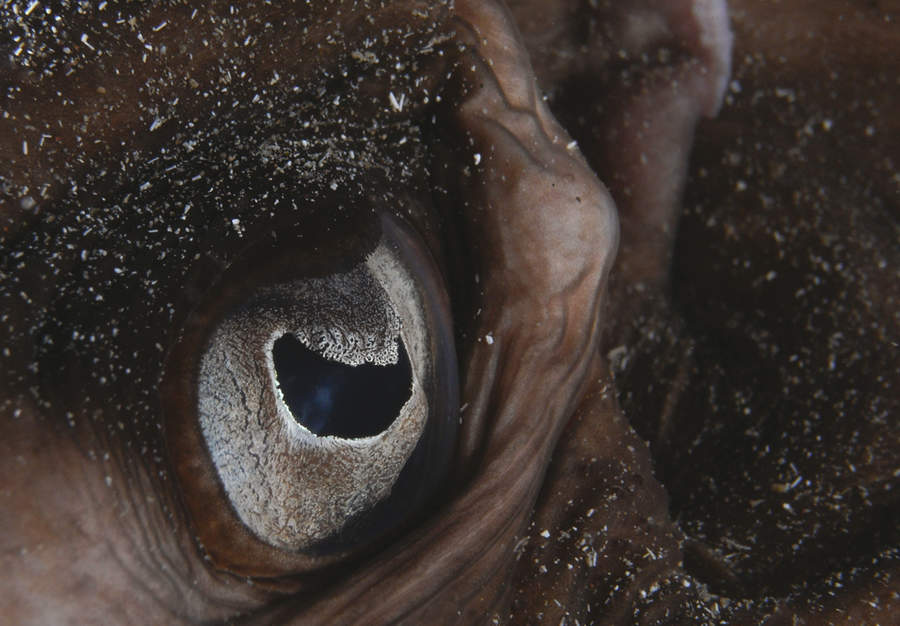The eyes of animals
by Ailsa Harvey · 19/01/2020
Ever wondered why sheep have oblong pupils and foxes have cat-like slits? It’s all to do with lifestyle

The pupil is the opening in the eye’s iris that lets in light. It appears black because the light is absorbed by the eye tissue. The dilation and contraction of the iris is a reflex action to adjust the amount of light entering the eye. If you were able to stare into the eyes of various animals, you’d notice that there’s no one-size-fits-all option.
Scientists have looked at the different pupils of animals and concluded that the different shapes perform different jobs to benefit the ecological niche of the animal. For example, the pupils of prey animals offer a wide field of view that helps them scan for predators as well as decide where to flee.
Conversely, the pupils of predators dilate much more, to better equip them for hunting in all light conditions and to allow them to gauge the distance of prey without moving their heads and giving up their position before it’s time to pounce.
One especially interesting trait is how the oblong, horizontal pupils of animals such as sheep, goats and horses are able to rotate to stay parallel to the ground, even when the animal moves its head – a process called cyclovergence. This incredibly clever evolutionary adaptation helps the pupils to work best for the animal, and proves invaluable should the animal need to run.
Read on to find out about the other types of pupil shape, and how they link to the animal’s lifestyle.

Round pupils
Animals like dogs, wolves and big cats have round pupils. They actively chase down prey, mostly in daylight. Round pupils mean that the field of view isn’t spectacularly wide, but as top predators their vision isn’t required to help them flee from attack.

Vertical slit pupils
The animals that sport these pupils are small ambush predators that hunt close to the ground: cats, foxes and even crocodiles. The slits allow a greater expansion of the pupil to let in much more light – an adaptation to predators hunting in a variety of light conditions.

Horizontal pupils
Horizontal, oblong-shaped pupils are a feature of prey animals –sheep, goats and horses. These curious-looking pupils provide a wide field of view, allowing the animals to scan for potential predators. The pupils also keep the ground in sharp focus to aid escape.

Horizontal slit pupils
These pupils are also a feature of prey-like animals, seen in some frogs, toads, snakes and octopuses. This pupil type allows the animal to spot the vertical motion of predators and therefore take evasive action. They also extend wide to let plenty of light in for day and night foraging.

Crescent pupils
This pupil type is shown in stingrays, flatfish and some catfish. Crescent pupils enhance vision by decreasing the effects of distortion in the water, providing a wide field of view to look out for any predators lurking nearby or spot potential prey. They also boost contrast.

W-shape pupils
Shown in cuttlefish, these pupils are a modified horizontal-split pupil. In darkness the pupils are almost circular but form a W-shape in bright light. This allows light to enter the pupil from many different directions and boosts image contrast and distance vision.

Vertical beaded pupils
Geckos (as well as some fish) have pupils that decrease to very thin vertical slits with multiple pinholes in bright light. These multiple ‘beads’ work together to help the lizard perceive distance as well as allow hunting in various environments.
This article was originally published in How It Works issue 96
For more science and technology articles, pick up the latest copy of How It Works from all good retailers or from our website now. If you have a tablet or smartphone, you can also download the digital version onto your iOS or Android device. To make sure you never miss an issue of How It Works magazine, subscribe today!




